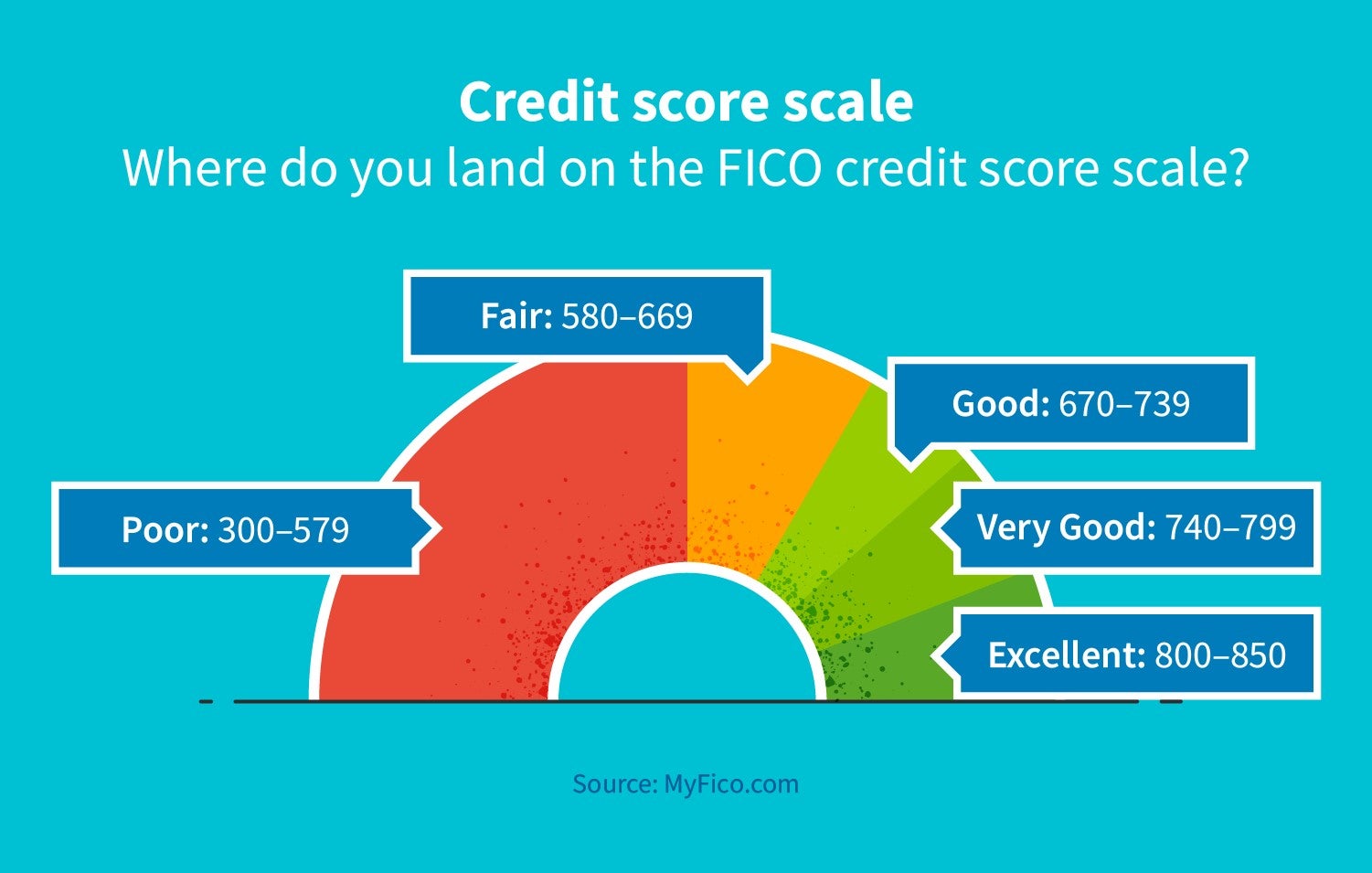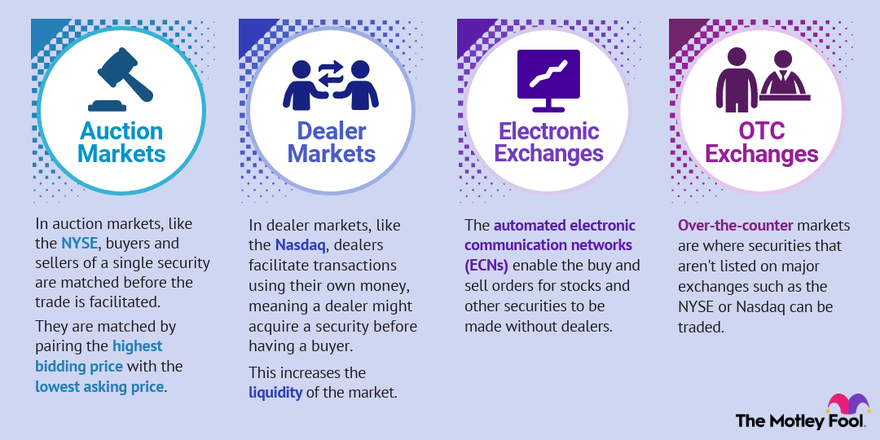
When you're comparing investment apps it is important to focus on the features that make investing easier. These features should include an overview of historical and current investments as well as real time updates. Real-time updates allow investors to react quickly to changes in their investments. Security is also a concern because mobile investing apps can be connected to your bank account. Top-rated apps usually include strong security protocols.
eToro
There are several advantages of using eToro's investment app, including the ability to trade with 17 different stock exchanges. You can also get rid of the stamp duty taxes on stocks and ETFs purchased through eToro. To make the most of this investment app, download it to your smartphone and begin trading today! Before you invest, be sure to review the pros and con's of the eToro investor app.
The eToro investment application allows stock trading in over 70 cryptocurrencies. You can place a minimum $50 investment and you can also invest at more than $3,000. Shares of high-value stocks like Amazon or Tesla can be purchased for as low as $13.300. Not all brokers will allow you to withdraw tokens or to sell them. For those just starting out, fractional shares are an option to get a feel of the market.

Wealthfront
Wealthfront is an excellent investment app. The app provides automated investing services as well as a cash account with an annual percentage yield of 0.1% (APY). You can also access your money using your debit card at over 19,000 non-fee ATMs. However, before signing up with Wealthfront, you should consider how much you're willing to invest and how much time you have to invest.
The wealth app models your investments using modern portfolio theory and allocates your money to exchange-traded funds according to your risk tolerance. You can make adjustments to your portfolio as you see fit, or start from scratch. Wealthfront will alert you if they are out of your tolerance for risk and offer an alternative. It is an excellent tool to assist you in making informed investment decisions.
Stockpile
Stockpile is an app that allows small investments to be made for low fees. Its goal is to attract young investors who want to learn more about investing and become better informed. You can invest with as little as $5. You can invest as little as $5. There are no minimum account requirements, commissions or fees. This means you can buy and/or sell securities at any price you want. You can also access a blog and a vast knowledge base. It is not as sophisticated or as many online brokerages, but it has many of the same features.
This website offers many resources for new investors including articles on risk tolerance, dividends, and more. Stockpile offers useful information on non-stock investments. Educational videos explain most basic investing concepts. The app also contains a glossary. You can also use the gift card service. Although the website is very easy to use, some people without financial background may find it difficult to navigate.

Betterment
Betterment is the app you need if you want to invest in the stockmarket but don't possess the capital. This app helps you invest fractions of stocks and provides other features you won't find in traditional brokerages. The Betterment app can also be connected to your bank account for automated transactions and transfers. Betterment allows you to set financial goals. Betterment accounts can be opened at any time. You can put as much or as little money as you like.
Betterment is an investment application that reviews your portfolio daily. It also offers an automatic tax-loss harvesting function that allows you to rebalance portfolio holdings in order to minimize capital gains taxes. The app also sells stocks that have lost value and replaces them with similar investments. If you have multiple accounts, Betterment can allocate your investments across taxable and tax-advantaged retirement accounts for you.
FAQ
Is it really a good idea to invest in gold
Since ancient times, the gold coin has been popular. And throughout history, it has held its value well.
Like all commodities, the price of gold fluctuates over time. When the price goes up, you will see a profit. If the price drops, you will see a loss.
So whether you decide to invest in gold or not, remember that it's all about timing.
Which type of investment yields the greatest return?
It is not as simple as you think. It all depends upon how much risk your willing to take. One example: If you invest $1000 today with a 10% annual yield, then $1100 would come in a year. If you were to invest $100,000 today but expect a 20% annual yield (which is risky), you would get $200,000 after five year.
The return on investment is generally higher than the risk.
It is therefore safer to invest in low-risk investments, such as CDs or bank account.
However, this will likely result in lower returns.
On the other hand, high-risk investments can lead to large gains.
You could make a profit of 100% by investing all your savings in stocks. However, you risk losing everything if stock markets crash.
So, which is better?
It all depends on what your goals are.
To put it another way, if you're planning on retiring in 30 years, and you have to save for retirement, you should start saving money now.
However, if you are looking to accumulate wealth over time, high-risk investments might be more beneficial as they will help you achieve your long-term goals quicker.
Remember: Higher potential rewards often come with higher risk investments.
It's not a guarantee that you'll achieve these rewards.
Do I need to invest in real estate?
Real Estate Investments can help you generate passive income. However, they require a lot of upfront capital.
Real Estate is not the best option for you if your goal is to make quick returns.
Instead, consider putting your money into dividend-paying stocks. These stocks pay out monthly dividends that can be reinvested to increase your earnings.
Can I lose my investment.
You can lose it all. There is no guarantee that you will succeed. However, there are ways to reduce the risk of loss.
One way is diversifying your portfolio. Diversification reduces the risk of different assets.
You could also use stop-loss. Stop Losses enable you to sell shares before the market goes down. This decreases your market exposure.
Margin trading can be used. Margin trading allows you to borrow money from a bank or broker to purchase more stock than you have. This increases your profits.
Statistics
- An important note to remember is that a bond may only net you a 3% return on your money over multiple years. (ruleoneinvesting.com)
- 0.25% management fee $0 $500 Free career counseling plus loan discounts with a qualifying deposit Up to 1 year of free management with a qualifying deposit Get a $50 customer bonus when you fund your first taxable Investment Account (nerdwallet.com)
- They charge a small fee for portfolio management, generally around 0.25% of your account balance. (nerdwallet.com)
- If your stock drops 10% below its purchase price, you have the opportunity to sell that stock to someone else and still retain 90% of your risk capital. (investopedia.com)
External Links
How To
How to Invest in Bonds
Bond investing is one of most popular ways to make money and build wealth. However, there are many factors that you should consider before buying bonds.
If you want financial security in retirement, it is a good idea to invest in bonds. Bonds can offer higher rates to return than stocks. Bonds are a better option than savings or CDs for earning interest at a fixed rate.
If you have extra cash, you may want to buy bonds with longer maturities. These are the lengths of time that the bond will mature. Longer maturity periods mean lower monthly payments, but they also allow investors to earn more interest overall.
There are three types of bonds: Treasury bills and corporate bonds. Treasuries bonds are short-term instruments issued US government. They have very low interest rates and mature in less than one year. Large corporations such as Exxon Mobil Corporation, General Motors, and Exxon Mobil Corporation often issue corporate bond. These securities are more likely to yield higher yields than Treasury bills. Municipal bonds are issued in states, cities and counties by school districts, water authorities and other localities. They usually have slightly higher yields than corporate bond.
When choosing among these options, look for bonds with credit ratings that indicate how likely they are to default. High-rated bonds are considered safer investments than those with low ratings. The best way to avoid losing money during market fluctuations is to diversify your portfolio into several asset classes. This protects against individual investments falling out of favor.